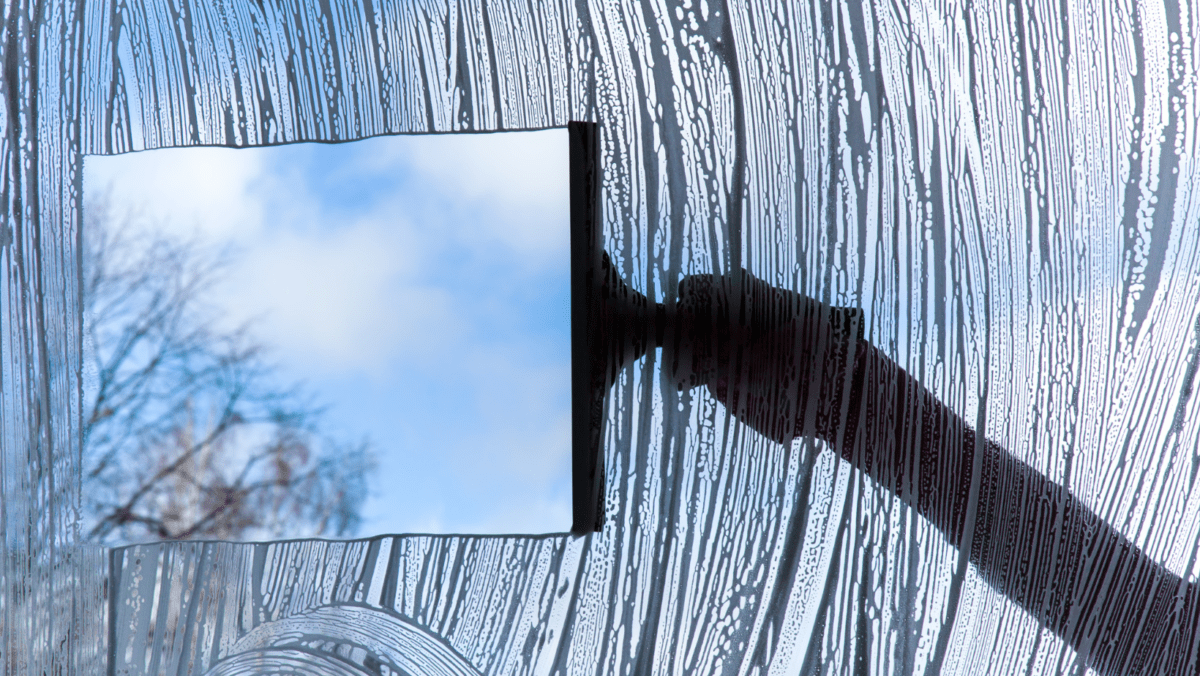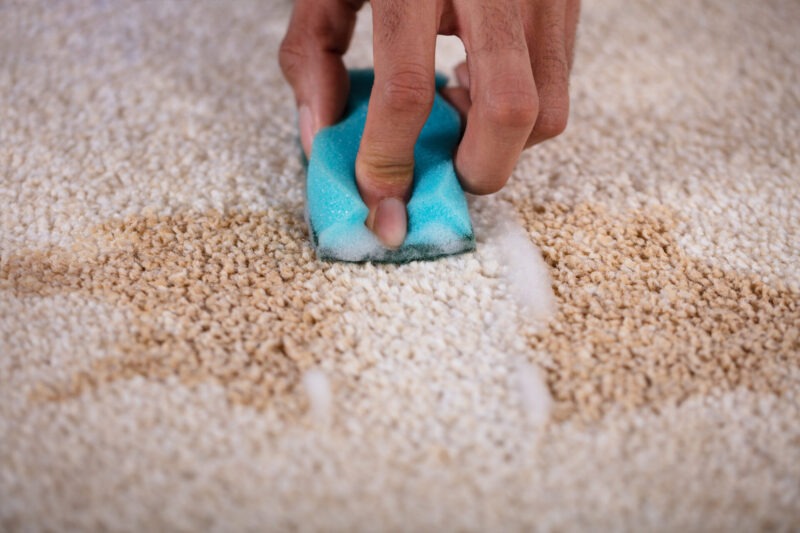Winterizing Your Windows: Cleaning and Insulating Tips

As the weather gets colder, it’s essential to prepare your home to withstand the cold temperatures and harsh weather conditions. One of the most critical areas to focus on is your windows. Properly cleaning and insulating your windows can make a significant difference in maintaining a warm and energy-efficient home during the winter months. In this blog, we’ll provide detailed tips on how to winterize your windows, ensuring they are clean, well-maintained, and properly insulated.
1. Thorough Cleaning
Why It Matters: Cleaning your windows before winter sets in is crucial for two main reasons: it improves the efficiency of your insulation efforts and allows more natural light to enter your home, which can help warm up your living space.
Steps to Clean Your Windows:
- Gather Supplies:
- Mild dish soap
- Water
- Vinegar
- Soft cloths or microfiber towels
- Squeegee
- Soft-bristled brush
- Window cleaner (optional)
- Remove Dirt and Debris:
- Begin by using a soft-bristled brush to remove loose dirt and debris from the window frames and sills.
- Clean the glass with a mixture of equal parts vinegar and water. Apply the solution with a soft cloth or sponge, then use a squeegee to remove excess liquid.
- For stubborn spots, use a small amount of mild dish soap and water. Rinse thoroughly and dry with a clean microfiber towel.
- Clean Window Tracks and Frames:
- Use a vacuum with a brush attachment to remove dirt and debris from the window tracks.
- Wipe down the window frames with a damp cloth to remove dust and grime.
- Polish the Glass:
- For a streak-free shine, finish by polishing the glass with a clean, dry microfiber towel or a specialized window cleaner.
2. Inspect for Damage
Why It Matters: Checking for damage allows you to address any issues that could lead to drafts or energy loss during the winter months.
Steps to Inspect Your Windows:
- Check for Cracks and Gaps:
- Examine the window panes and frames for any visible cracks, gaps, or broken seals. These can allow cold air to enter and warm air to escape.
- Test for Drafts:
- On a windy day, run your hand around the edges of your windows. If you feel any cold air coming through, you have a draft that needs to be sealed.
- Assess Weatherstripping:
- Inspect the weatherstripping around your windows for wear and tear. If it’s damaged or missing, replace it to improve insulation.
3. Insulating Your Windows
Why It Matters: Insulating your windows can significantly reduce heat loss, improve energy efficiency, and lower your heating bills.
Effective Insulation Techniques:
- Caulking:
- Apply caulk to seal any gaps or cracks around the window frames. Choose a high-quality, weather-resistant caulk and apply it evenly along the seams and joints.
- Weatherstripping:
- Install new weatherstripping around the window sashes to prevent drafts. Various types of weatherstripping are available, including adhesive-backed foam, V-strip, and tubular rubber or vinyl.
- Window Film:
- Apply insulating window film to the interior of your windows. This film creates an additional barrier that reduces heat loss. Cut the film to size, adhere it to the window, and use a hairdryer to shrink it for a tight fit.
- Thermal Curtains or Blinds:
- Invest in thermal curtains or insulated blinds. These window treatments help to trap heat inside your home, providing an extra layer of insulation.
- Window Insulation Kits:
- Use window insulation kits, which typically include plastic shrink film and double-sided tape. Apply the film to the window frame and use a hairdryer to shrink it, creating a tight seal.
- Draft Stoppers:
- Place draft stoppers or rolled-up towels along the bottom edge of your windows to block cold air from seeping in.
4. Additional Tips for Maximum Efficiency
- Double-Glazing or Storm Windows:
- If you live in an area with extremely cold winters, consider installing double-glazed windows or adding storm windows for enhanced insulation.
- Window Coverings:
- Close curtains or blinds at night to retain heat. Open them during the day to let in natural sunlight, which can help warm your home.
- Regular Maintenance:
- Perform regular maintenance on your windows, including cleaning, inspecting, and reapplying caulk and weatherstripping as needed.
Winterizing your windows is a crucial step in preparing your home for the colder months. By thoroughly cleaning your windows, inspecting for damage, and applying effective insulation techniques, you can ensure that your home remains warm, comfortable, and energy-efficient throughout the winter season. Jim’s Window & Pressure Cleaning have packages to suit all budgets and homes. These efforts not only improve your living environment but also help reduce your heating costs, making it a worthwhile investment in both comfort and savings.



